The Importance of Rest and Recovery in Rheumatoid Arthritis for Pain Relief
As someone who has spent years working closely with individuals diagnosed with rheumatoid arthritis (RA), I understand just how challenging it can be to navigate the ups and downs of this chronic condition. One key element of managing rheumatoid arthritis, which is often overlooked or underestimated, is the importance of rest and recovery. This is something I emphasize to my patients every single day. In this post, I’ll dive into why rest isn’t just a luxury but a necessity for those living with RA. I’ll also share some insights on how it plays a critical role in both managing symptoms and improving overall quality of life. So, let’s talk about rest and recovery and how it directly impacts your journey with rheumatoid arthritis.
The Role of Rest in Managing Rheumatoid Arthritis
When it comes to rheumatoid arthritis, rest might seem like an afterthought, especially when there’s so much focus on medication, physical therapy, and daily management of the condition. However, I can tell you from personal experience, rest is one of the cornerstones of effectively managing RA. When you have RA, your immune system is attacking your joints, which causes inflammation, pain, and stiffness. Your body needs time to heal and recover from these flare-ups, and that’s where rest comes into play.
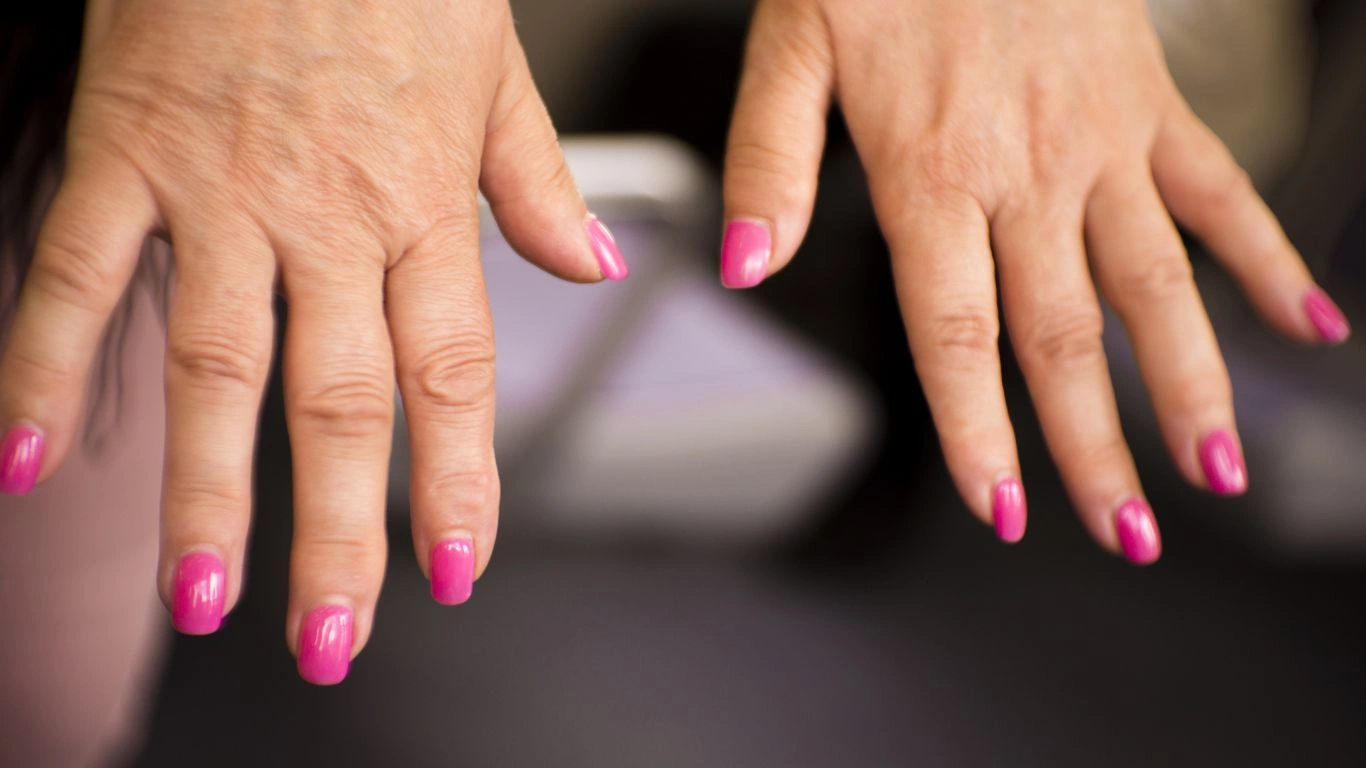
Think of rest as your body’s recovery process—without it, you risk worsening your symptoms, feeling drained, and limiting your ability to engage in the activities you enjoy. It’s not just about lying down and doing nothing, either. It’s about giving your body the chance to restore itself, reduce inflammation, and recharge so you can tackle the day-to-day with more energy and less pain.
Why Rest is Essential for RA Patients
RA affects each person differently, but regardless of severity, rest is always a necessary part of treatment. In my practice, I see firsthand how rest can make a significant difference in how someone feels both physically and emotionally. When you get the proper amount of rest, your body is better equipped to fight off inflammation, reduce joint stiffness, and keep the immune system from overworking. Let’s break this down a little further:
- Reduced Inflammation: One of the main reasons rest is so important is its ability to help reduce inflammation. When you’re resting, your body can focus on healing and reducing the inflammatory responses that cause pain in the joints.
- Improved Sleep Quality: The restorative power of sleep cannot be overstated. Rest gives your body the opportunity to heal, and good quality sleep promotes tissue repair and reduces pain perception. Without enough rest, your body is constantly on alert, which can contribute to fatigue and worsening symptoms.
- Energy Conservation: Rheumatoid arthritis can be incredibly exhausting. Having enough rest helps conserve your energy so that you can use it wisely when you’re most active. This balance is key to avoiding burnout, especially during flare-ups.
Recognizing the Signs Your Body Needs Rest
Sometimes, it can be hard to know when you need rest. With RA, the push to “push through” the pain or “power through” a busy schedule can be overwhelming, especially for those of us who are used to being active or juggling multiple responsibilities. But if there’s one thing I’ve learned in my years of experience, it’s that pushing your body too hard can backfire. The key is learning to recognize the signs that your body is telling you to slow down.
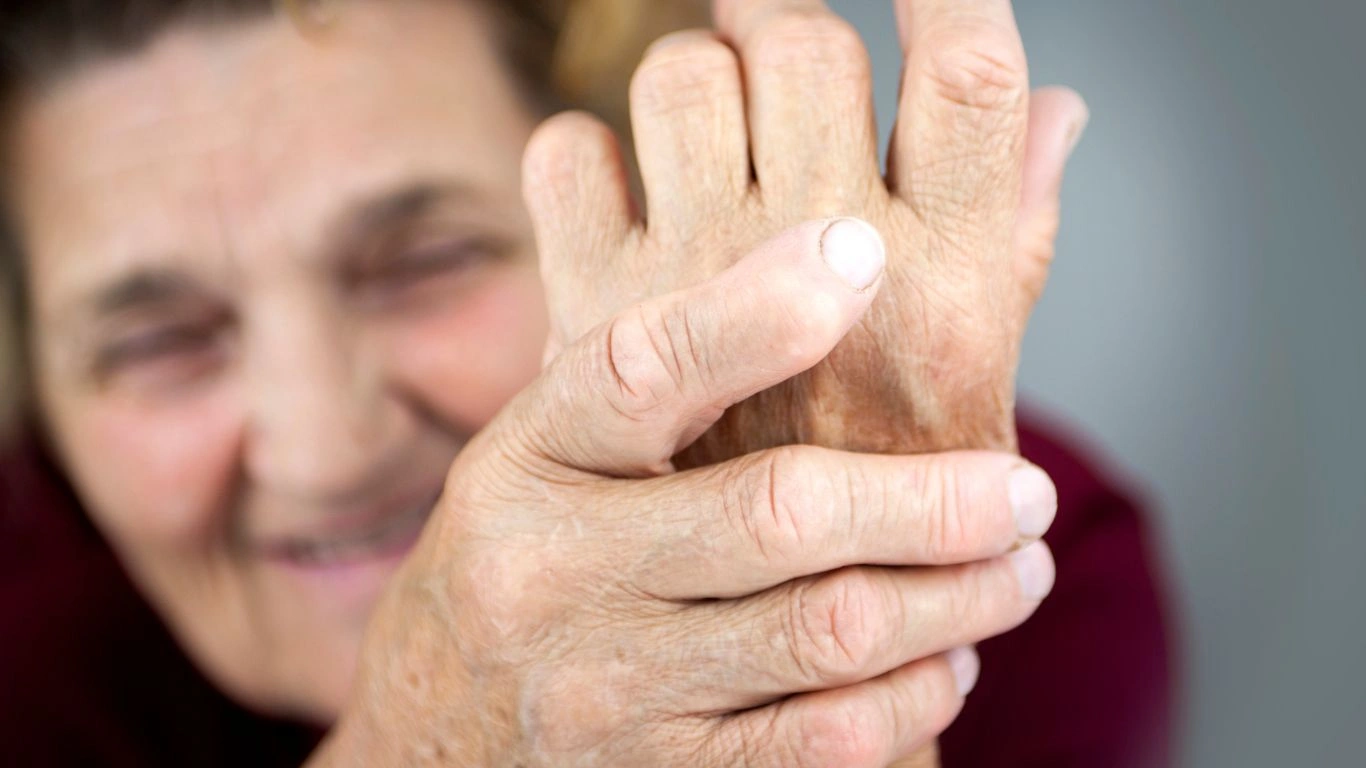
How to Listen to Your Body
Your body gives you signals when it’s time to take a step back. Here are some signs that you may need to prioritize rest:
- Increased Joint Pain: If you notice that your joints are more painful or swollen than usual, it may be a sign that your body is asking for a break. Overexertion can lead to flare-ups and make your symptoms worse.
- Fatigue: Feeling more tired than usual, even after a full night’s sleep, is a classic symptom of RA. This could indicate that your body is overworked and needs more downtime to recover.
- Stiffness: Joint stiffness, particularly in the morning or after long periods of inactivity, can be a sign that your body is under stress. Rest can help ease this stiffness and prevent further strain on your joints.
One of the things I’ve found helpful for my patients is teaching them to tune in to their own bodies. It’s easy to get caught up in a busy routine or lifestyle, but when you really pay attention to how your body is reacting, it becomes much easier to identify when it’s time to rest. I often tell my patients that it’s okay to take a break. It’s not a sign of weakness, but rather a way of empowering yourself to manage your RA effectively and maintain a good quality of life.
Active Rest: Not Just Lying in Bed
Rest doesn’t always have to mean complete inactivity. In fact, depending on your symptoms, a balance of rest and gentle movement might be just what your body needs. I know that it can be tempting to rest by staying in bed all day, but in my experience, a more active approach to rest works wonders for RA patients.
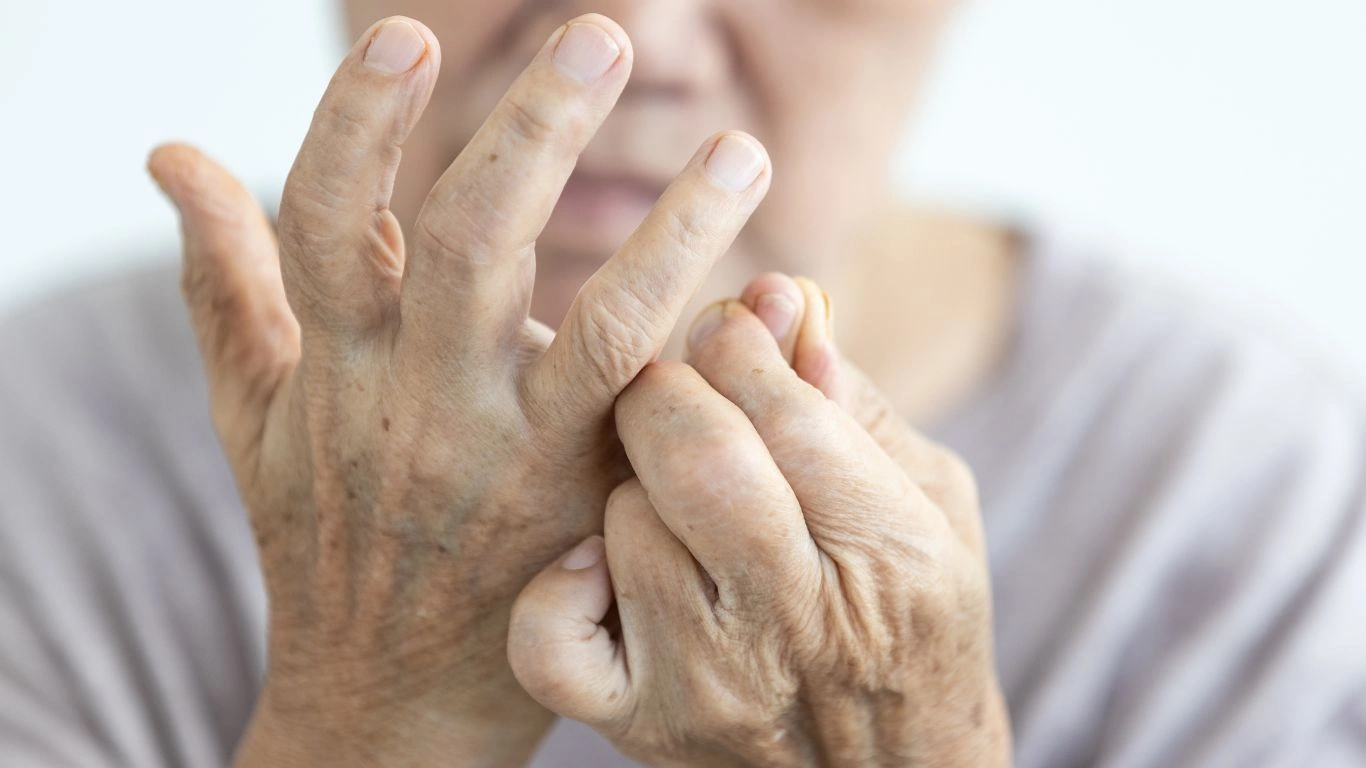
What is Active Rest?
Active rest involves low-impact activities like stretching, walking, or gentle yoga. These types of movements can help you stay mobile without putting extra strain on your joints. It’s all about finding that sweet spot between total rest and overexertion. You don’t have to run a marathon to be active; even a short walk around the block or some basic stretches can help your body stay limber and promote circulation.
Of course, the type of rest and recovery that works best for you will depend on your individual needs and current symptoms. In the next section, we’ll explore specific tips for creating a personalized rest and recovery plan that works for your lifestyle. Stay tuned!
Creating a Personalized Rest and Recovery Plan
Now that we’ve talked about the importance of rest and how it can help manage rheumatoid arthritis, let’s dive into how you can create a personalized rest and recovery plan. Everyone’s experience with RA is unique, and what works for one person might not work for another. This is where understanding your body, your symptoms, and your lifestyle becomes key. Based on my years of experience with RA patients, I’ve found that the most effective recovery plans are those that are tailored to the individual’s specific needs and preferences.

Step 1: Assess Your Daily Routine
The first step in creating a rest and recovery plan is taking a close look at your daily routine. I can’t tell you how many times I’ve seen patients with RA push themselves too hard because they’re simply trying to keep up with their regular schedule. The truth is, your body’s needs have changed, and it’s time to adjust accordingly. I recommend sitting down and honestly assessing your current lifestyle. Here are some questions to consider:
- How active are you throughout the day? Are you on your feet a lot, or do you have a more sedentary job?
- When do you feel most fatigued? Is it in the morning, afternoon, or after a long period of activity?
- What does your sleep routine look like? Are you getting enough rest at night, or do you struggle with insomnia or frequent waking?
- What activities make your joints feel worse? Are there certain tasks that tend to flare up your symptoms more than others?
Once you’ve had a chance to think about these factors, you’ll have a clearer idea of where adjustments need to be made. This could mean carving out more time for breaks, finding ways to incorporate lighter activities, or prioritizing your rest periods.
Step 2: Plan Rest Periods Throughout the Day
It’s easy to think that rest is something you do at night when you’re winding down, but the truth is, your body needs rest throughout the day, especially when you have RA. In my experience, patients who schedule specific times for rest during the day report feeling better overall. Short periods of rest, even if it’s just 15-20 minutes, can help reset your body and give you the energy to continue with your activities.
Here’s a simple guide I share with my patients for incorporating rest into their daily routine:
- Morning Breaks: Start your day with a gentle stretch or some light yoga to loosen up. Then, plan for a mid-morning break, even if it’s just a quick sit-down with a cup of tea. This helps prevent overexertion right at the start of the day.
- Post-Lunch Break: After lunch, when energy levels tend to dip, try taking a short nap or resting your joints. Even if it’s just for 15 minutes, this can help your body recover before you dive back into your tasks.
- Evening Relaxation: At the end of the day, take time to unwind. A warm bath, a calming book, or some relaxing music can help you release tension and prepare for a restful night’s sleep.
Gentle Activities That Support Recovery
Resting doesn’t always mean doing nothing. As I mentioned earlier, there’s such a thing as “active rest,” which involves gentle movements that promote recovery without overstraining your body. This can include stretching, walking, swimming, or even a few minutes of tai chi. In my practice, I’ve seen patients who regularly incorporate light movement into their routine report lower levels of stiffness and pain over time.
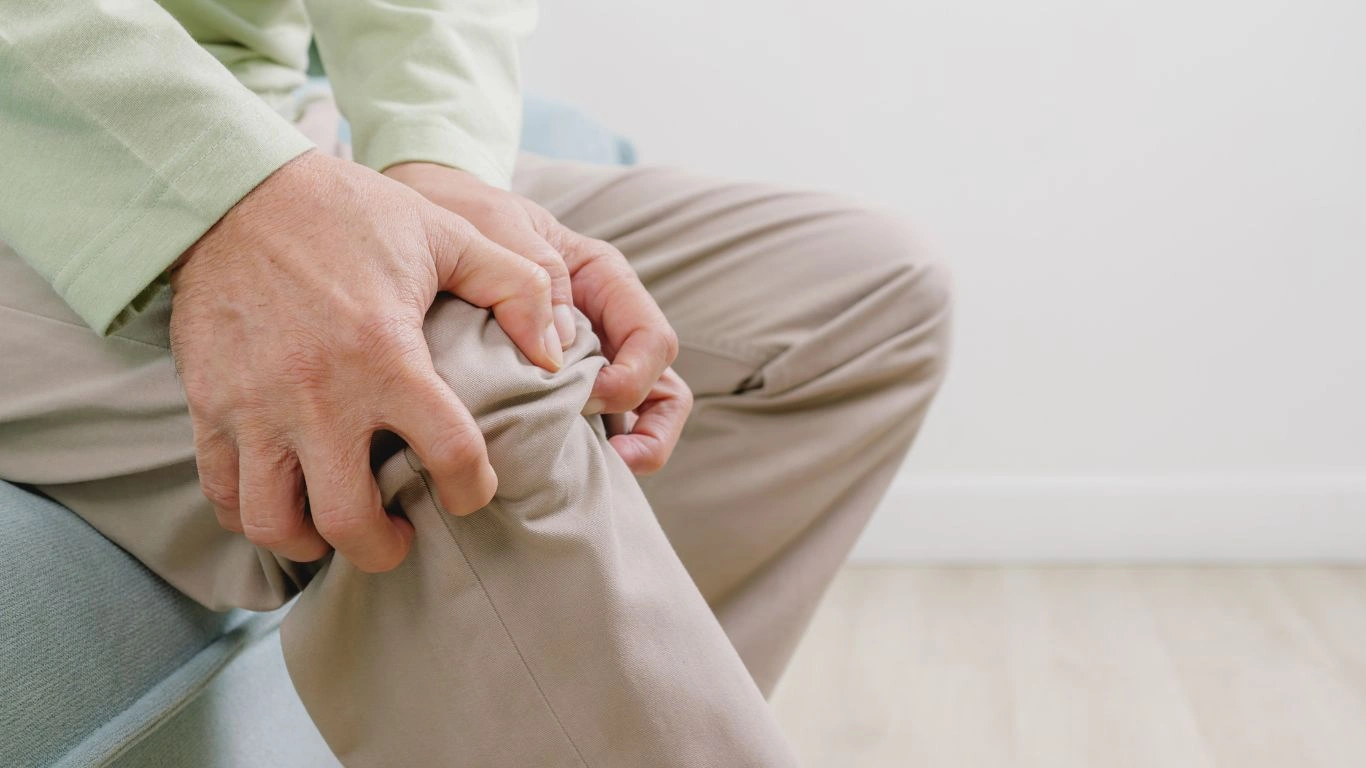
What Type of Gentle Activities Are Best?
Choosing the right gentle activities can be a game-changer for someone with RA. The key is to keep things low-impact to avoid putting unnecessary stress on the joints. Here are a few activities I recommend to my patients:
- Walking: Walking is one of the most low-impact forms of exercise you can do. It helps improve circulation, maintain joint mobility, and ease stiffness. Even a short walk every day can have long-term benefits.
- Swimming or Water Aerobics: The buoyancy of water reduces strain on the joints, making swimming or water aerobics an excellent option for RA patients. These exercises can help strengthen muscles without causing additional pain.
- Yoga or Tai Chi: These gentle forms of exercise help with flexibility, balance, and joint mobility. The slow, deliberate movements also promote relaxation and mental well-being, which is essential for overall recovery.
Don’t Forget About Stretching
Stretching is another activity that shouldn’t be overlooked when developing a rest plan. It’s easy to forget how stiff and tight your muscles can get when you’re dealing with inflammation and pain. Stretching helps maintain joint flexibility and can relieve built-up tension in the body. I often recommend incorporating stretching into your daily routine, even if it’s just for 10-15 minutes a day.
If you’re unsure where to start with stretching, a physical therapist or rheumatologist can recommend a series of stretches that target key areas. In my experience, simple stretches like wrist flexors, hamstring stretches, and shoulder rolls go a long way in easing stiffness.
Managing Stress for Better Rest and Recovery
As if dealing with the physical symptoms of RA isn’t enough, many of my patients also experience high levels of stress. Chronic pain, uncertainty about the future, and changes in lifestyle can all contribute to anxiety and stress, which can negatively impact both your physical and mental well-being. Stress and poor sleep often go hand in hand, and when your body is constantly in a heightened state of stress, recovery becomes much harder.
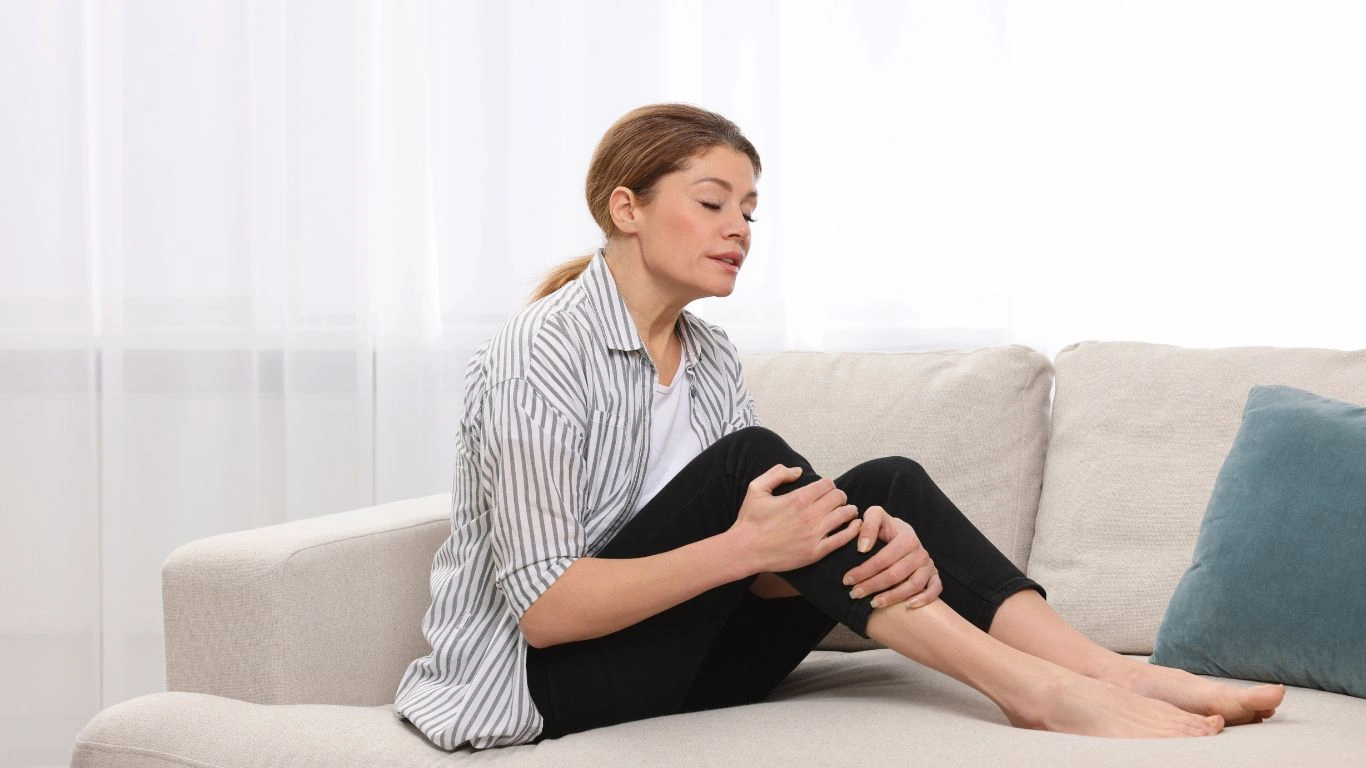
Stress-Reduction Techniques for RA Patients
To support rest and recovery, it’s essential to manage stress effectively. Here are a few techniques that I’ve found to be helpful for my patients:
- Meditation: Meditation is a simple yet powerful way to reduce stress and calm the mind. Even a few minutes of mindfulness each day can help lower cortisol levels, which can, in turn, reduce inflammation.
- Deep Breathing Exercises: Deep breathing exercises help activate the body’s relaxation response and can reduce tension and anxiety. Try practicing diaphragmatic breathing to focus on deep, slow breaths.
- Journaling: Sometimes, writing down your thoughts and feelings can be a great way to manage stress. Journaling helps process emotions, set goals, and track your progress with RA recovery.
Incorporating stress-reducing activities into your daily routine will not only help you feel more at ease but also improve your body’s ability to rest, recover, and ultimately manage RA more effectively.
How to Combine Rest with Treatment Plans for Better Results
Now that we’ve explored the importance of rest and recovery, along with creating a personalized plan that fits your lifestyle, it’s time to talk about how rest works hand-in-hand with other treatment methods for rheumatoid arthritis (RA). As a professional who’s worked with so many RA patients over the years, I can tell you that rest isn’t a standalone solution. It should complement the medications, physical therapies, and lifestyle changes that are already part of your treatment plan. In fact, when done right, rest and recovery can enhance the effects of your other treatments and help you get the best results possible.

Working with Your Healthcare Team
One of the most important steps in managing rheumatoid arthritis is collaborating with your healthcare team. Whether it’s your rheumatologist, physical therapist, or any other specialist, having a team that understands your needs is crucial. Rest plays a vital role in supporting the other aspects of your treatment plan. In my experience, when patients prioritize rest alongside their medication and therapy routines, they tend to see greater improvements in pain management, flexibility, and energy levels.
For example, if you’re on disease-modifying antirheumatic drugs (DMARDs) or biologics to reduce inflammation, adequate rest helps maximize their effectiveness. Similarly, rest supports the benefits of physical therapy by giving your muscles and joints the opportunity to repair and rebuild. It’s all about synergy. If you’re constantly pushing your body, it can undermine the positive effects of the treatments you’re undergoing. So, don’t underestimate the power of rest as a complementary therapy.
Nutrition and Hydration: Fueling Your Recovery
Alongside rest, nutrition plays an essential role in your recovery process. It’s no secret that RA can leave you feeling tired and run down. That’s why it’s important to fuel your body with the right nutrients to support both rest and recovery. I often recommend that my patients focus on an anti-inflammatory diet to help reduce swelling and support overall health. Incorporating nutrient-rich foods can go a long way in managing RA symptoms and speeding up recovery.
For starters, foods rich in omega-3 fatty acids, like salmon, flaxseeds, and walnuts, are great for reducing inflammation. I also suggest foods high in antioxidants, such as fruits and vegetables, to help combat oxidative stress in the body. Don’t forget about the importance of staying hydrated, too. Proper hydration helps maintain joint lubrication and can prevent stiffness. I tell my patients that drinking enough water should be just as much of a priority as taking your medication or doing your physical therapy exercises.
Supplements for Joint Health
In addition to a balanced diet, there are several supplements that might be beneficial in supporting joint health and recovery. Omega-3 fish oil is often a go-to supplement for my RA patients, given its potent anti-inflammatory effects. Some patients also find relief with glucosamine and chondroitin, which help maintain cartilage and joint integrity. Another supplement worth mentioning is turmeric, known for its anti-inflammatory properties, often used as an adjunct to traditional RA treatments.
That said, it’s always important to check with your healthcare provider before adding supplements to your routine, as they can interact with medications or affect individual health conditions. Rest, nutrition, and proper hydration all work together to fuel your recovery, providing your body with the resources it needs to fight inflammation, manage pain, and restore energy.
Overcoming Common Challenges in Rest and Recovery
While the benefits of rest and recovery are clear, it’s not always easy to implement. I understand how frustrating it can be to feel the need to rest when there’s so much to do, especially if you’re used to a busy lifestyle or have family responsibilities. But I’ve seen firsthand that when patients make rest a priority, they can experience significant improvements in their symptoms. That said, there are challenges that can come with making rest a consistent part of your routine, and I want to address some of them here.

Challenge 1: The Pressure to Stay Active
It’s common for people with RA to feel a sense of pressure to stay active and keep up with others. You might feel like you’re falling behind if you take too much time to rest. However, rest isn’t a luxury—it’s a necessity. In my experience, patients who embrace rest as part of their treatment see better results in the long run. I often tell my patients, “Rest now, so you can be more active later.” It’s all about pacing yourself and finding a balance that works for your body.
Challenge 2: Pain and Discomfort While Resting
Some patients report feeling pain and discomfort even while trying to rest. For example, joint stiffness and inflammation can make it hard to find a comfortable position to relax in. In these situations, I recommend using supportive cushions, pillows, or even foam rollers to relieve pressure on your joints while lying down or sitting. Also, consider using heat or cold therapy—heat can help relax tight muscles, while cold packs can reduce inflammation and swelling in the joints.
Challenge 3: Emotional and Mental Hurdles
It’s important to recognize that RA doesn’t just affect your body—it can affect your mental health as well. Chronic pain, the unpredictability of flare-ups, and the stress of managing a long-term condition can all take a toll on your mood and emotional well-being. I always encourage my patients to acknowledge these feelings and seek support. Talking to a counselor or joining a support group for people with RA can help you process your emotions and stay positive during your recovery journey.
References
For more information on rheumatoid arthritis and effective recovery strategies, you can visit these reliable resources:
- American College of Rheumatology
- Centers for Disease Control and Prevention (CDC)
- National Institute of Neurological Disorders and Stroke
Disclaimer
The information provided in this article is for general informational purposes only. It is not intended as a substitute for professional medical advice, diagnosis, or treatment. Always seek the advice of your physician or other qualified health provider with any questions you may have regarding a medical condition. Never disregard professional medical advice or delay in seeking it because of something you have read on this website.

Tarra Nugroho is a dedicated Nurse Practitioner with a strong foundation in family and preventive care. She brings both compassion and clinical expertise to her practice, focusing on patient-centered care and health education. As a contributor to Healthusias.com, Tarra translates medical knowledge into clear, empowering articles on topics like women’s health, chronic disease management, and lifestyle medicine. Her mission is simple: help people feel seen, heard, and informed—both in the clinic and through the content she creates. When she’s not caring for patients, Tarra enjoys weekend hikes, plant-based cooking, and curling up with a good health podcast.






